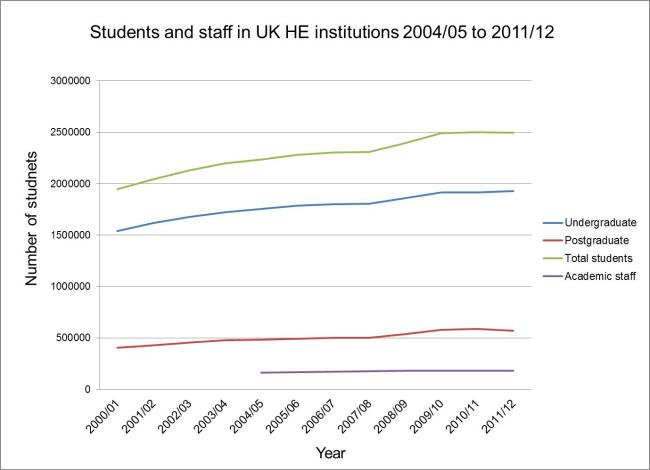Aside from its supposed complexity (see previous post), one of the reasons I started working on snake venom was the apparent prevalence of gene duplication and neofunctionalisation (where a gene is duplicated and one of the duplicates evolves an entirely new role) in the evolution of venom toxins. Again and again in the literature one sees claims of snake venom evolving via the duplication of a gene encoding a physiological or “body” protein with subsequent recruitment of one of the copies into the venom gland. Neofunctionalisation is an incredibly rare process in most animals (plants too for that matter) so the fact that it seemed to be happening over and over again in venomous snakes made them an excellent group to study to try to get to grips with how evolutionary novelties arise. However, things turned out to not quite be as advertised.
We’ve recently published a paper1, based on gene expression analyses in venom and salivary glands and various body tissues of venomous and non-venomous reptiles, where we show that snake venom toxins likely originated from pre-existing proteins that were expressed in a number of body tissues, including the salivary gland of non-venomous species. The genes encoding these proteins were duplicated, and the expression of one of the duplicates was restricted to the venom gland, where natural selection acted to develop or increase toxicity. This goes against the previous, widely-accepted view that snake venom toxins had been recruited to the venom gland from other body tissues. It might seem a relatively minor, semantic difference between restriction and recruitment, but from the point of view of the genetic mechanisms involved it’s fairly significant – these genes are undergoing subfunctionalisation, not neofunctionalisation (basically they are taking on parts of an ancestral role (or, more, accurately, losing aspects of the ancestral role), not evolving new ones).
In addition to our own data, we also took a look at the existing data that had been used to underpin the recruitment hypothesis and found that there was little to no support for a body gene undergoing gene duplication and one of the duplicates subsequently being pulled into the venom gland. This surprised us as one of the key papers2 behind the recruitment idea has been cited 236 times (as of 01/08/2014) – can all those people really have missed what seemed to us to be obvious issues? This got us thinking about the role of the attractiveness of an idea in its initial propagation and longevity. There’s no question that the idea of a “body” gene undergoing duplication and one of the copies being recruited into the venom gland where a previously non-toxic gene can give rise to a potent venom toxin is an elegant, intuitive and attractive hypothesis. Could that be the reason?
In 1902 Rudyard Kipling published his ‘Just So Stories for Little Children’, which included stories such as “How the Whale Got His Throat”, “How the Leopard Got His Spots” and “How the Camel Got His Hump” and since then many things have been referred to as evolutionary just-so stories (one of the more recent ones was the idea that the human hand may have been shaped by punching). Strictly speaking however, many are not actually just-so stories, as these are defined (by the almighty Wikipedia no less) as:
“…an unverifiable and unfalsifiable narrative explanation for a cultural practice, a biological trait, or behavior of humans or other animals.”
In many instances however, these stories are testable, verifiable and falsifiable (Ryan Gregory picked up on this point in a 2008 blog post). I would argue therefore that it is sometimes an unwillingness to test hypotheses as much as an inability to do so that is responsible for the continued existence of just-so stories in evolutionary biology. Scientists are humans after all and most of us love a good story and the idea of a gene that has a fairly mundane job elsewhere in the body turning into a potent venom toxin is the ultimate genetic Cinderella story. Who wouldn’t want it to be true?
Unfortunately, it’s not. Snake venom has evolved (and presumably continues to evolve) via the duplication and restriction of genes. Subfunctionalisation trumps neofunctionalisation again.
1. Hargreaves AD, Swain MT, Hegarty MJ, Logan DW and Mulley JF (2014) ‘Restriction and recruitment – gene duplication and the origins and evolution of snake venom toxins’ Genome Biology and Evolution doi: 10.1093/gbe/evu166
(Pre-print version)
2. Fry BG (2005) ‘From genome to “venome”: Molecular origin and evolution of the snake venom proteome inferred from phylogenetic analysis of toxin sequences and related body proteins’ Genome Research 15: 403-420


